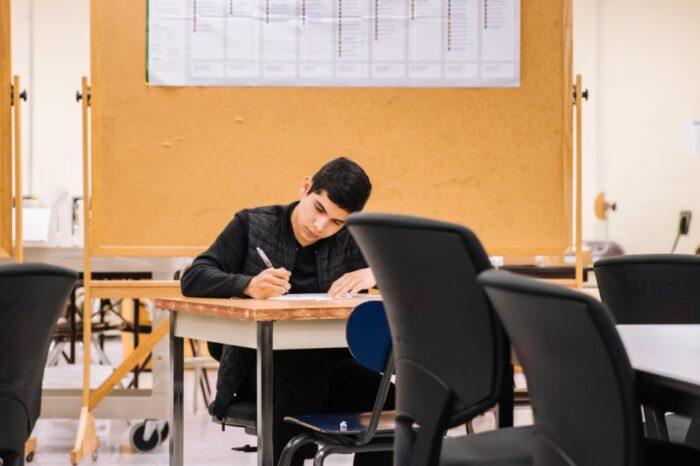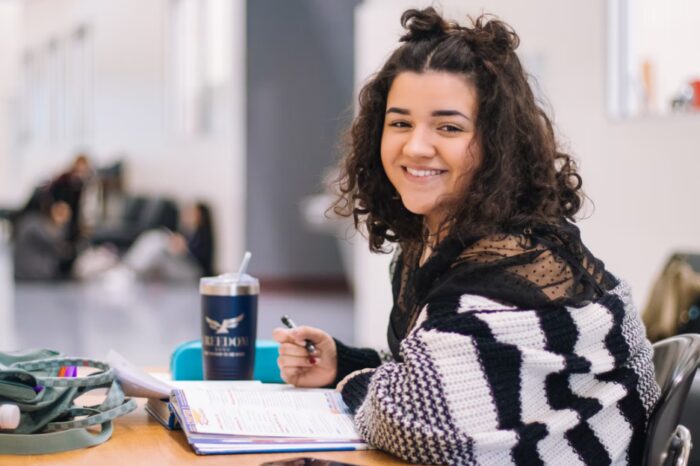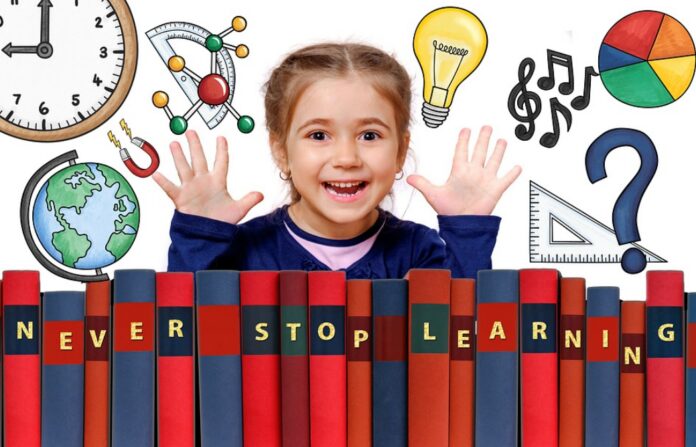School education focuses on the liberal arts and STEM subjects. During classroom hours, a child can learn a lot of new things. However, the kid will most likely never be taught how to learn, how to increase the effectiveness of learning, and how to make everything easier and more interesting.
School education programs are not focused on these goals. Instead, this is something that parents should lay the foundation for. In this post, we will talk about the most effective study techniques and approaches that will help your kid achieve the best academic results.
What’s Essential?

It’s a good idea to show your child when it is important to learn, what conditions work best for learning, and what tools and solutions make the learning process easier and more effective. For example, you can show them how to work with the NewPathWorksheets or what a particular education app can do for them. But unfortunately, the most popular learning strategies are multiple readings of the text, attempts to memorize it by heart without a deep understanding of its meaning, and studying a lot of different material at a time. Coupled with a lack of sleep, all these just harm the kid and don’t have positive results. But what exactly should effective learning look like?
As neuroscientist Manfred Spitzer proved in his book, “How the Brain Learns,” the inclusion of emotions in the learning process is extremely important. Many people still see education and emotions as separate; in fact, there is a synergy between the two in the process of cognition.
“The information that was received in a positive emotional context is the longest and most strongly retained in memory,” Spitzer says. In the process of memorization, the so-called “in relation to me” effect is also a very useful tool. It lies in the fact that the ease of memorization, as well as the strength of knowledge, is greater the more the assimilated material concerns ourselves and our experience directly.
In addition to an active, multi-faceted approach to learning, it is also worth introducing your child to proven methods to make memorization easier. These include all sorts of mnemonics and mind maps. Memorizing material, especially if it is extensive, complex, and contains a lot of unrelated information, can be difficult and take a lot of time. In such cases, it is recommended to use various mnemonics. They can not only speed up the assimilation of information but also provide a key that the child will use to gain access to information at the moment when it is necessary.

The most popular mnemonics include the following:
• The method of associations requires creating a story that includes the words to be memorized as key elements of the storyline.
• The overlapping method presupposes storing new information based on existing information.
• The method of the Roman room is another popular mnemonic technique that was used in ancient Rome, according to legend. It involves assigning memorized objects to separate places in a room you know well.
• The rhyme method refers to the creation of rhymed pairs of words or even small poems containing memorized material.
The mind map is an alternate recording technique created by Barry and Tony Buzan. It is another way to learn information that should be introduced to your child. According to the concept creators, the creation of mind maps involves the right hemisphere of the brain and contributes to the synergistic collaboration of both hemispheres. This increases the efficiency of memorization.
Physical activity is as important to keeping your brain in top shape as diet or mental activity. Recent research has shown that yoga, running, team sports, aerobics, and even juggling have positive effects on the brain and promote mental flexibility. For example, the latest research by Laura Haddock-Heyman of the University of Illinois showed that physically trained children had more fibrous and compact white matter areas of the brain than children who were not as physically developed. This is very important since the more compact the white substance is, the more effective the action of the nerve connections. This leads to a better memorization process and better attention functioning.
Digital Solutions

There are many different digital solutions aimed at making a child’s learning process more effective. Thus, with the help of digital worksheets, you can visualize any information in an easy-to-remember and associative way. This contributes to a better learning process and instills a better understanding of complex academic concepts.
Here are some of the best features of digital worksheets:
• They nurture interest in students (this is especially true of entry-level students);
• They make the learning process more interesting and exciting;
• They prevent young students from getting bored quickly;
• They activate all types of memory in children.
What is more, digital worksheets work well regardless of the academic discipline you want to use them for.
Key Recommendations

Follow these simple rules to make learning easier for your child:
• Turn off the TV. Establish a rule for the whole family that no one in the room turns on the TV when the child is studying course material.
• Establish rules for using mobile phones at home. While your children are learning, they can only use their phones on special occasions. Be clear about when they can use their smartphones.
• Give your child a place to do homework. A child’s room is best suited for this. The main thing is that the child should not be distracted while studying. Choose a place for them to study according to the principle that functionality is more important than aesthetics. See if all the child’s study supplies fit on the table: pens, pencils, paper, textbooks, etc.
• Consistency is the key to success. For a child to be successful in school, it is important to develop a daily routine.
• Make sure that your child has sufficient time to study at home. Consider the age of the child. Allowing a kid to take breaks can be a reward for completing one homework assignment.
Experts Say
Learning can be both enjoyable and effective for a child if you handle it properly. All you need to do is introduce the kid to some principles that will help optimize learning. It is also worth remembering to take care of hygiene and stay healthy, that is, preparing an appropriate workplace, getting enough sleep, and maintaining proper nutrition. All this will bring positive results in a relatively short time.
By following these important tips in your daily life, you will significantly increase your child’s chances of future prosperity. Providing your kid with the best resources for a future successful life does not require expensive teaching resources. It depends on you, your time, and your level of participation and interaction.









